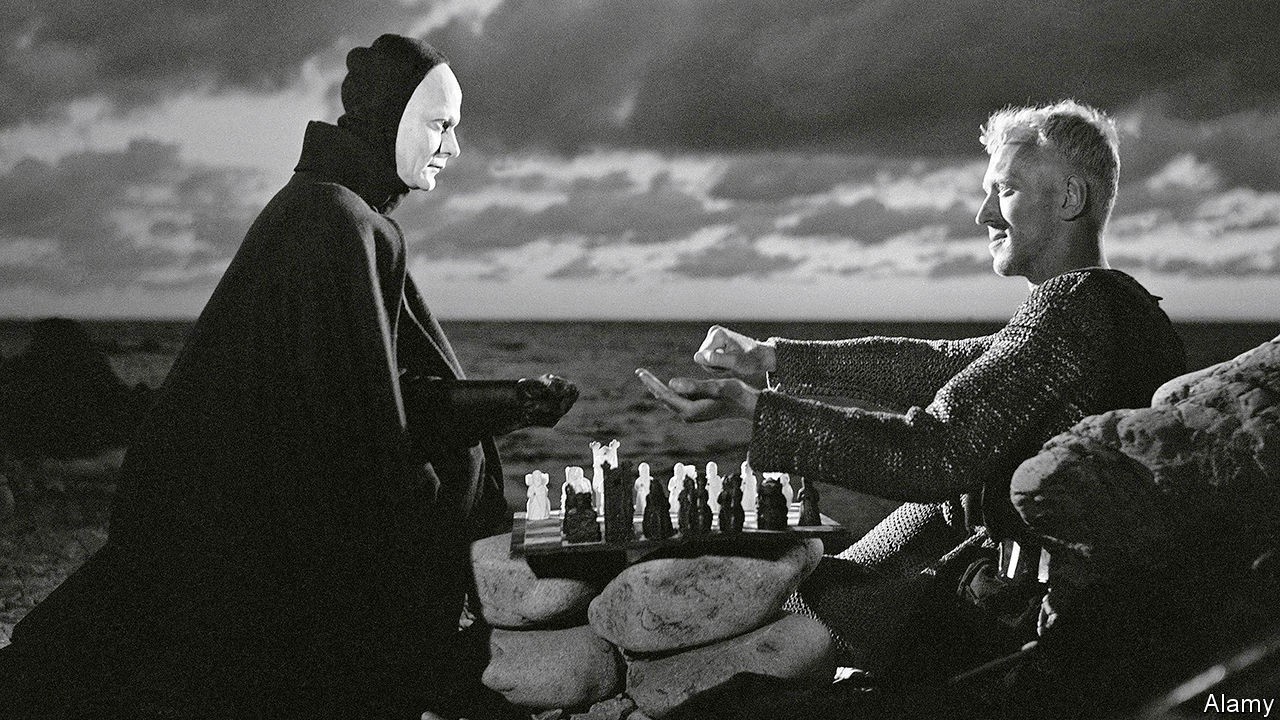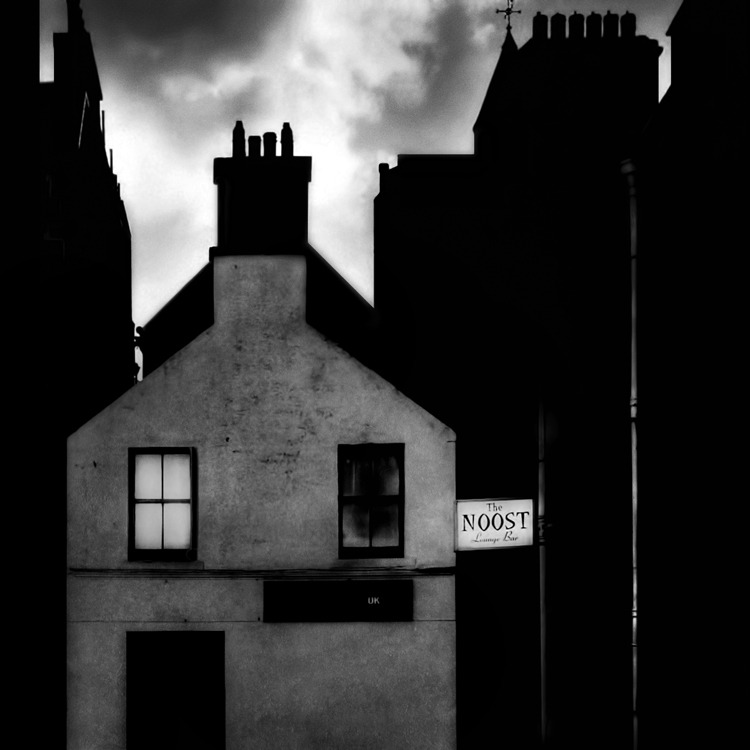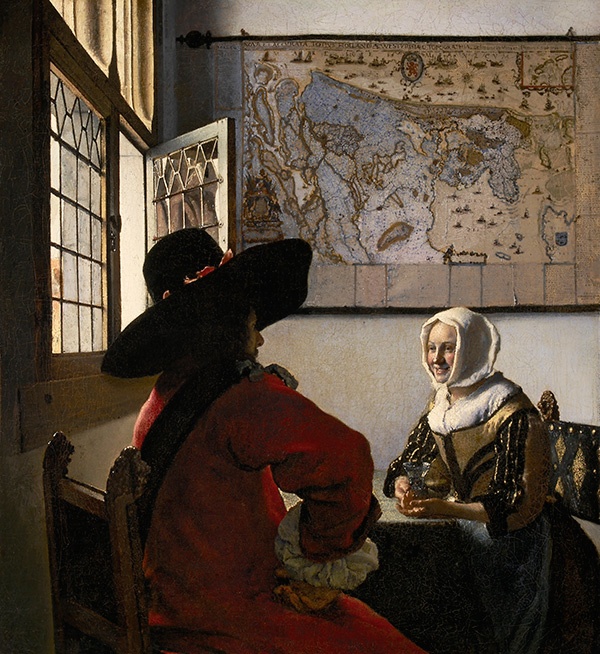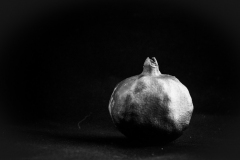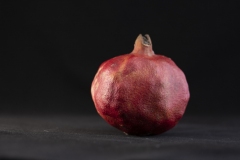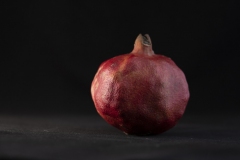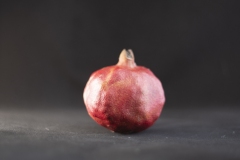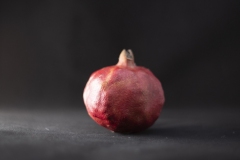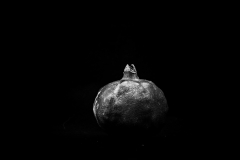Project 3: Ex nihilo: Exercise 4.3: Egg or stone
Use a combination of quality, contrast, direction and colour to light an object in order to reveal its form. For this exercise, we recommend that you choose a natural or organic object such as an egg or stone rather than a man-made object. Man-made or cultural artefacts can be fascinating to light but they’re already authored to some degree, which requires interpretation by the photographer; this exercise is just about controlling the light to reveal form.
You don’t need a studio light for this exercise; a desk lamp or even window light will be fine, although a camera flash that you can use remotely is a useful tool. The only proviso is that you can control the way the light falls on the subject.
‘Light makes photography. Embrace light. Admire it. Love it. But above all, know light. Know it for all you are worth, and you will know the key to photography’ George Eastmann
The images in this series of photographs are an exercise in the use of light from a direction, contrast, and quality perspective. I wanted to experiment with the following in this exercise:
- The concept of Chiaroscuro-the use of contrast in light and shading across an entire image composition.
- Master manual mode and exposure by creatively using iso, aperture, shutter speed
- Highlight the texture and shape of the object (an out of date pomegranate )
Chiaroscuro
Chiaroscuro is the use of contrast in light and shading across an image composition. As a technique, it helps create a ‘three-dimensional quality in images on a two-dimensional plane’. Chiaroscuro lighting was developed and used by Leonardo Davinci, Caravaggio, Vermeer, and Rembrandt (among others). It started out as a technical term used by artists to describe their drawings or paintings that showed bold contrast and distinct areas of light and darkness. Today, chiaroscuro photography pays tribute to that same idea, using light to bring attention to one specific area while everything else fades to black.
Below are examples of the technique from painters, photographers and filmmakers including, Vameer, Cavaggio, van Honthorst,Angus McBean, Robert Moran, and Ingmar Bergman.
Setup
 I used both a fixed Fujifilm 56mm and a Tokina 100mm macro lens and shot in manual mode using a tripod. I adjusted the iso when necessary and used an off-camera flash slaved. I used an off-camera flash situated outside a photo lightbox with white walls and a black background. I placed a diffuser on the top of the box to keep the ambient light consistent within, and placed the flash at different positions left and right and also used a torch as a light source directly above the object. I used a black background which I ironed beforehand to get rid of creases and crinkles.
I used both a fixed Fujifilm 56mm and a Tokina 100mm macro lens and shot in manual mode using a tripod. I adjusted the iso when necessary and used an off-camera flash slaved. I used an off-camera flash situated outside a photo lightbox with white walls and a black background. I placed a diffuser on the top of the box to keep the ambient light consistent within, and placed the flash at different positions left and right and also used a torch as a light source directly above the object. I used a black background which I ironed beforehand to get rid of creases and crinkles.
Results
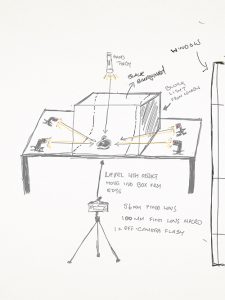 I was quite satisfied with the results as they helped give dimension and depth to the pomegranate helping to emphasise its texture quite well. I decided to move it further back so I could use shadow to give it a floating and 3d effect, helped also by placing the light source at different angles and directions.
I was quite satisfied with the results as they helped give dimension and depth to the pomegranate helping to emphasise its texture quite well. I decided to move it further back so I could use shadow to give it a floating and 3d effect, helped also by placing the light source at different angles and directions.
The flash was relatively close and the result was lots of contrast and hard light effects-nice shadows and shades. This transformed and accentuated the puckered surface.
I decided to convert to black and white post-production and in some cases increased the contrast and opened up the shadows.
Contact Sheet
Sources
Hince,Peter, 2011,The Portrait Lighting Reference, London:The Ilex Press Limited
Renee, V, 2018, Chiaroscuro Lighting: How to Create the Stunning Look In Your Images https://nofilmschool.com/2015/11/lighting-like-vermeer-create-cinematic-depth-lighting (ccessed 22/12/2020)
The National Gallery https://www.nationalgallery.org.uk/ (accessed 26/12/2020)
Welch, Adam, 2020, Decoding Chiaroscuro: How To Shoot Glorious Clair Obscur Photos https://contrastly.com/decoding-chiaroscuro/ (Accessed Dec 2020)










